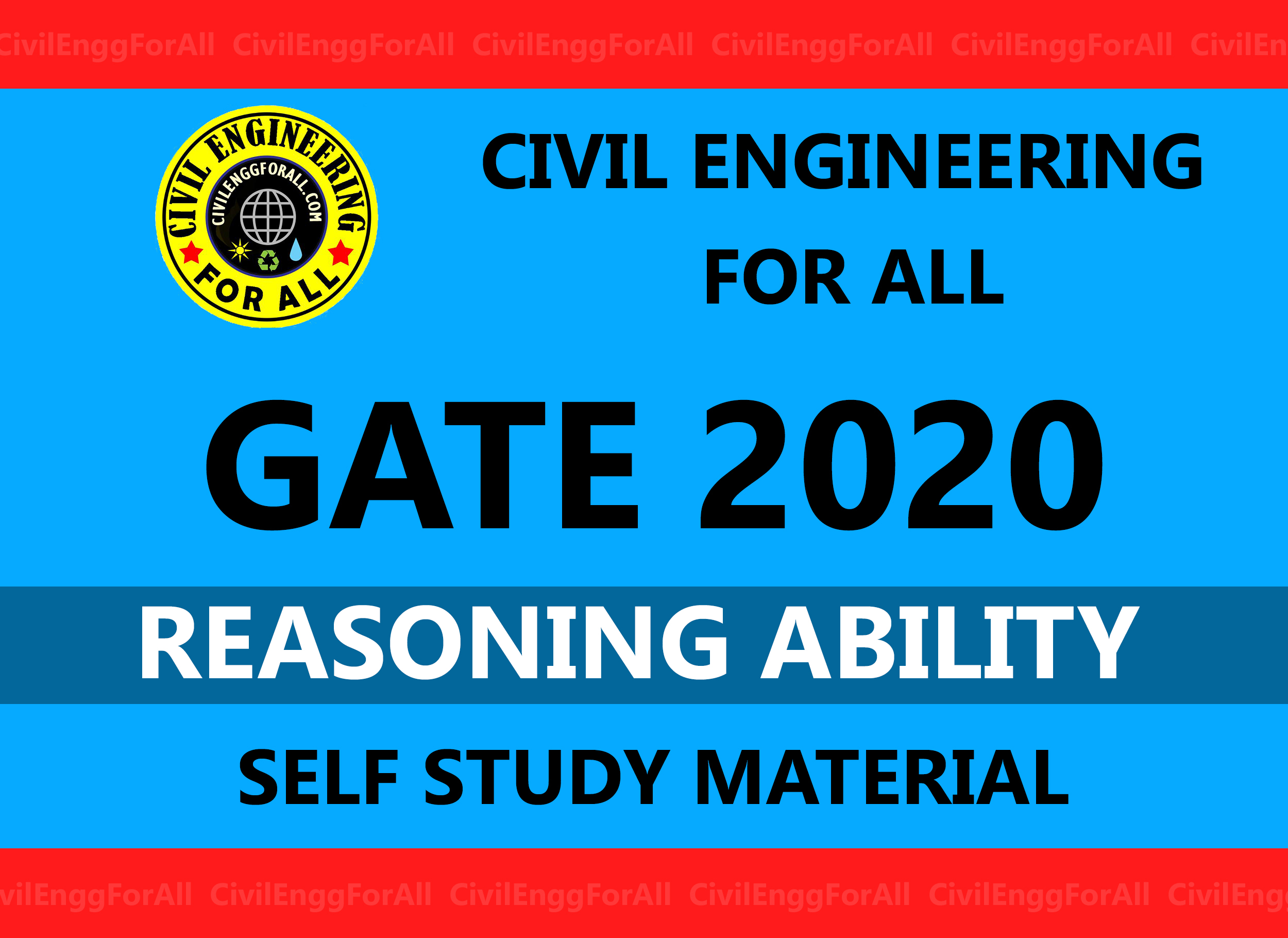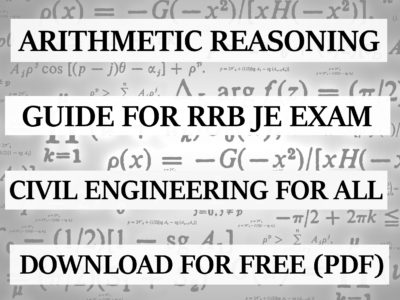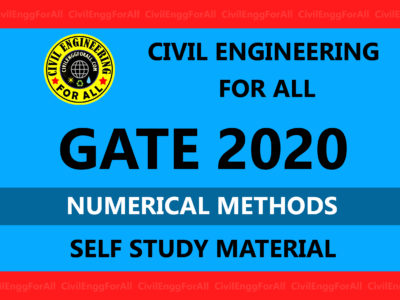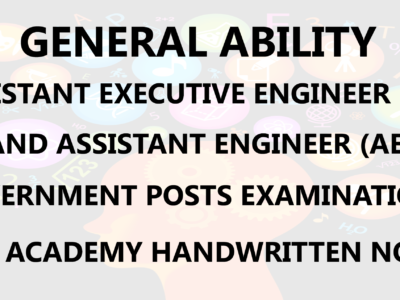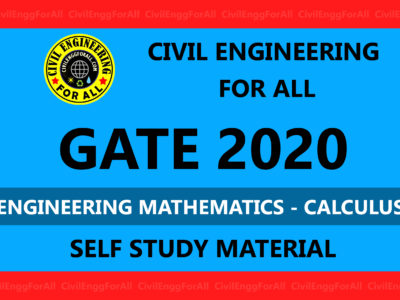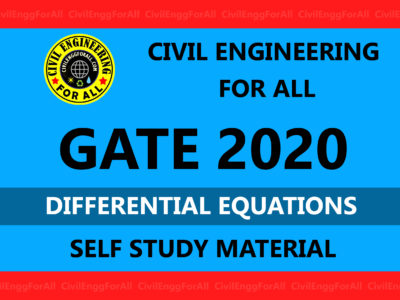
CONTENTS
- Series Completion
- Analogy
- Classification
- Coding-Decoding
- Blood Relations
- Puzzle Test
- Direction Sense
- Logical Venn Diagrams
- Alphabetical Quibble
- Number, Ranking & Time Sequence
- Mathematical Operations
- Logical Sequence of Words
- Decision Making

Reasoning is the process of drawing conclusions from facts. These conclusions must follow inevitably from the facts from which they are drawn. Reasoning is not concerned with some conclusion that has a good chance of being true when facts are true. Indeed, reasoning as used here refers to logical reasoning, not of common-sense reasoning or probabilistic reasoning. The only conclusions that are acceptable are those that follow logically from the supplied facts.
TYPES OF REASONING
Reasoning can be classified in two major parts:
- Verbal Reasoning
- Non-verbal Reasoning
VERBAL REASONING
Verbal reasoning tests words, letters and numbers, and require logical reasoning and a reasonable knowledge of the English Language. It is also necessary to be familiar with simple manipulations with figures, like addition, subtractions division and multiplication. The problems of number in Test of Reasoning test how logical we are i.e., how well we reason and think while carrying out simple arithmetic manipulations
CLASSIFICATION OF VERBAL REASONING
SERIES COMPLETION
In verbal series, words, letters or digits are given in a specific sequence/order and we have to find out next word, letter or digit to complete the given series.
Numbers or alphabetical letters, are generally called terms of the series. These terms follow a certain pattern throughout. In the questions we have to identify last one or two terms to continue the series or to find a missing term in between given terms to continue the sequence followed in the question. There is no set pattern and each question may follow a different pattern or sequential arrangement of letters or digits, which have to detect using common sense and reasoning ability.
TYPES OF SERIES COMPLETION QUESTIONS
Mainly following four types of question are asked.
Alphabet series
In this series, given alphabets follow a particular sequence or order. We have to detect the pattern from the given alphabets and find missing alphabet or the next alphabet to continue the pattern.
- There are no set rules.
- There can be omission of alphabets in an order.
- Alphabets may also be omitted in an increasing/decreasing order, which may be direct increase or decrease.
- There can also be alternate order.
- There may also be alternate sequences
- There may be several other patterns in the letter series.
- To tackle letter series questions, vary position of the alphabet and its position number in both forward and backward sequences.
- To continue the series after Z, we again begin with A. In other words, the sequence is kept in a circular order.
- In solving these questions pattern of the alphabet series should be noted.
Some Skipping Patterns
- Regular Order: Number of alphabets skipped remains the same. Example. A, D, G, J,…? Ans. M
- Increasing Order: Each time the number of alphabets skipped increases in a given pattern. Example. A C F J O? Ans. U Here, each time number of letters skipped increases by one.
- Decreasing Order: Each time the number of letters skipped decreases in a given pattern. Example. A G L P S? Ans. U Here number of letters skipped decreases by one each time, i.e., first 5, then 4, then 3, and so on.
- Interlinked Series: In this two or more different series are attached together. These different series follow their own different rules. Example. A D F J M R? Ans. V Here, there are two interlinked series.
Letter Series
This type of questions usually consists of a series of small letters which follow a certain pattern. However, some letters are missing from the series. Then these missing letters are given in a proper sequence as one of the alternatives.
Example. aaa… b…a… (a) baa (b) abb (c) bab (d) aab (e) bbb Ans. (a)
Method:
- First blank space should be filled in by ‘b’, so that we have two a’s followed by two b’s.
- Second blank space should be filled in either by ‘a’, so that we have four a’s followed by two b’s, or by ‘b’ so that we have three a’s followed by three b’s.
- Last space must be filled in by ‘a’.
- Thus, we have two possible answers: ‘baa’ and ‘bba’. But, only ‘baa’ appears in the alternatives. So, the answer is (a).
Note: In case, we had both the possible answers in the alternatives, we would have chosen the one that forms a more prominent pattern, which is aabb/aaabbbaa. Thus, our answer would have been “bba”.
Number series
In the number series, some numbers are arranged in a particular sequence. All the numbers form a series and change in a certain order. Sometimes, one or more numbers are wrongly put in the number series. We are required to observe the trend in which numbers change in the series and find out which number/numbers misfit into the series that number/numbers is odd number of the series.
Pure Series
In this type of number series, the number itself obeys certain order so that the character of the series can be found out. Number may be Perfect square; Perfect cube; Prime and Combination
Difference Series
In this type of number series, change in order for the difference between each consecutive number of the series is found out. Rat i o Ser i es. In this type of number series, change in order for the ratios between each consecutive number of the series is found out.
Mixed Series
In this type of number series, numbers obeying various orders of two or more different types of series are arranged alternately in a single number series.
Rules:
- Difference between consecutive numbers is same.
- Differences between consecutive numbers are in Arithmetic Progression (A.P.).
- Difference between consecutive numbers is a perfect square.
- Differences between consecutive numbers are multiples of a number.
- Differences between consecutive numbers are prime numbers.
- Difference between consecutive numbers is a perfect cube.
- Difference between consecutive numbers are in Geometric Progression (G.P.)
- Ratio between each consecutive number is the same.
- Ratio between each consecutive numbers is in Arithmetic Progression (A.P)
- Ratio between consecutive number is perfect square number.
- Ratio between consecutive number is the multiple of a number.
- Ratio between consecutive numbers is a prime number.
- Ratio between consecutive numbers is a perfect cube number.
- Ratios between consecutive number are in Geometric Progression (G.P.)
Correspondence Series
This type of series consists of three sequences with three different elements (usually capital letters, digits and small letters). On the basis of the similarity in positions in the three sequences, a capital letter is found to correspond with a unique digit and a unique small letter, whenever it occurs. We are required to trace out this correspondence and accordingly choose the elements to be filled in at the desired places.
ANALOGY
‘Analogy’ means ‘correspondence’ In questions based on analogy, a particular relationship is given and another similar relationship has to be identified from the given alternatives. Analogy means similarity or some kind of relationship. Analogy test, therefore tests the ability to see a relationship between two words and to recognize a similar relationship between two other words. It is a test of verbal reasoning ability rather than vocabulary. The key to analogy success is being able to express the relationship between the pair of words.
REASONING ABILITY GATE 2020 STUDY MATERIAL FREE DOWNLOAD PDF – CIVILENGGFORALL
DOWNLOAD LINK: CLICK HERE
PASSWORD: CivilEnggForAll
OTHER USEFUL BOOKS
- CIVIL ENGINEERING TEXTBOOKS WITH DOWNLOAD LINKS
- IES MASTER CIVIL ENGINEERING GATE STUDY MATERIALS PDF
- ACE ACADEMY CIVIL ENGINEERING GATE STUDY MATERIALS PDF
- RAJASTHAN STAFF SELECTION BOARD (RSSB) JUNIOR ENGINEER DIPLOMA CIVIL ENGINEERING EXAM 2022 – HINDI & ENGLISH MEDIUM SOLVED PAPER – FREE DOWNLOAD PDF (CivilEnggForAll.com)
- ISRO TECHNICAL ASSISTANT EXAM 2022 – CIVIL ENGINEERING – HINDI & ENGLISH MEDIUM – SOLVED PAPER – FREE DOWNLOAD PDF (CivilEnggForAll.com)
- MADHYA PRADESH PUBLIC SERVICE (MPPSC) COMMISSION – ASSISTANT ENGINEER EXAM – MPPSC AE 2021 CIVIL ENGINEERING – SOLVED PAPER WITH EXPLANATIONS – PDF FREE DOWNLOAD
- BIHAR PUBLIC SERVICE COMMISSION (BPSC) ASSISTANT ENGINEER EXAM – 2022 – CIVIL ENGINEERING – SOLVED PAPER – FREE DOWNLOAD PDF (CivilEnggForAll.com)
- ODISHA PUBLIC SERVICE COMMISSION – OPSC AEE PANCHAYATI RAJ EXAM 2021 – SOLVED PAPER WITH EXPLANATION – FREE DOWNLOAD PDF

